This is a digital fashion show completed by Sichuan Fine Arts Institute and SdibiT., Ltd. Fashion students have their own design ideas. But how to turn that idea into a feasible design and make it true? Here SdibiT plays its role. We make it come true and make it more vivid in VR display.
News release
Digital Fashion/Digital-twin Fashion/DigitalTwin-Matching Fashion
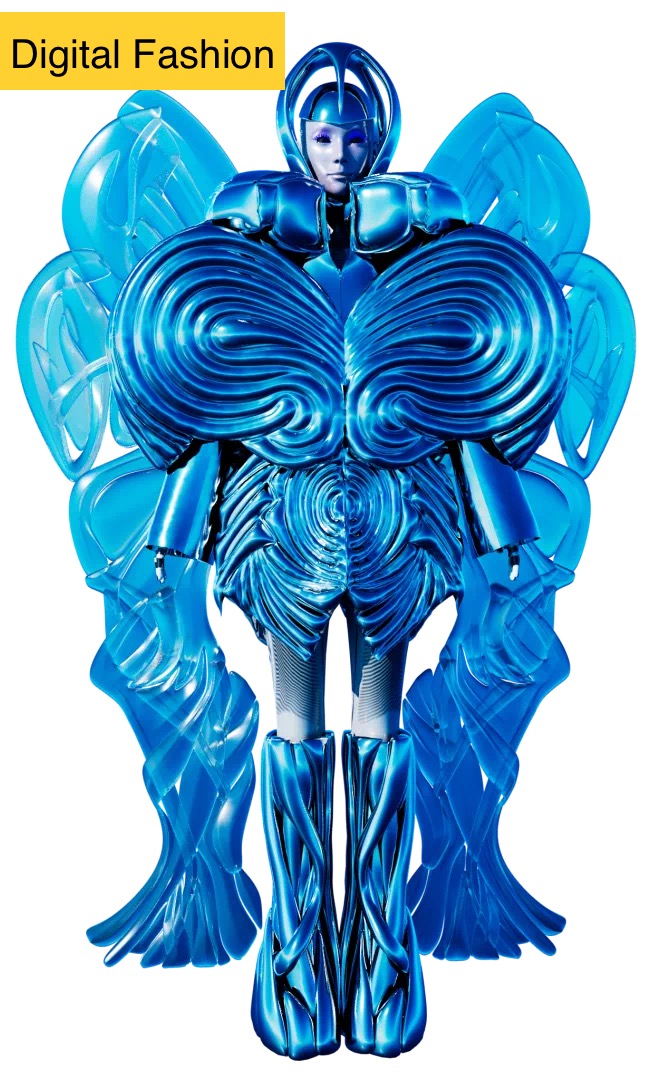
Digital Fashion/Digital-twin Fashion/DigitalTwin-Matching Fashion, are three different concepts.
Today, there are overseas brands coming to consult: What are the highlights of your #metaversefashion video on Fashion Week❓
https://lnkd.in/gErwiJ_M
Our video is dedicated to achieving DigitalTwin-Matching virtual display.
It means the physical clothes that are truly delivered to consumers are not only the appearance, but also the wearing effect matches the virtual display as much as possible❗
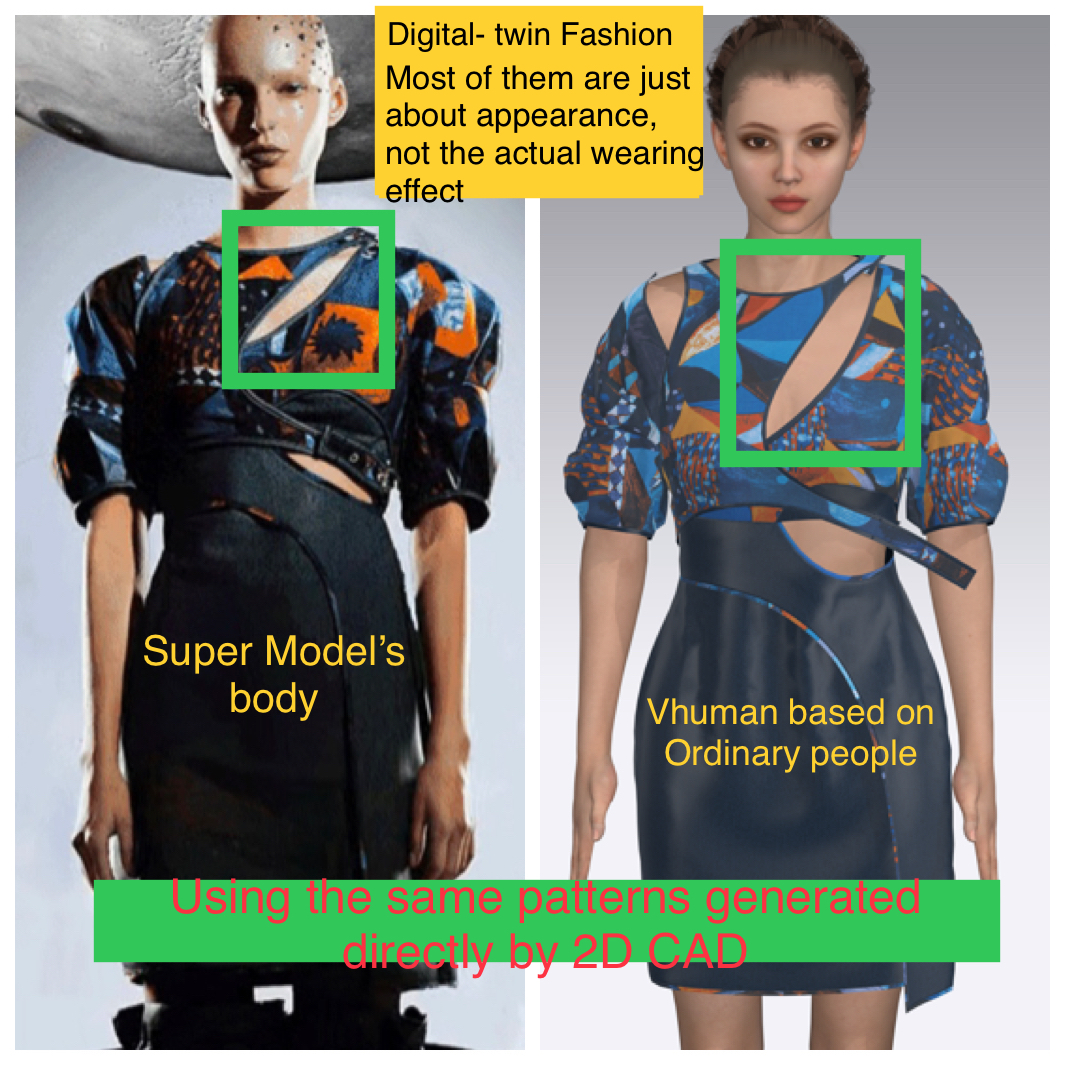
There is still a big difference between the costumes of animation or game characters in pure visual entertainment:
1. Garment modeling
The patterns generated traditionally from 2D Cad and provided by the brand, are not directly used❗
We verified patterns by our data processing system with 3D calculation optimization and reconstruction.
https://lnkd.in/gy3zw2EH
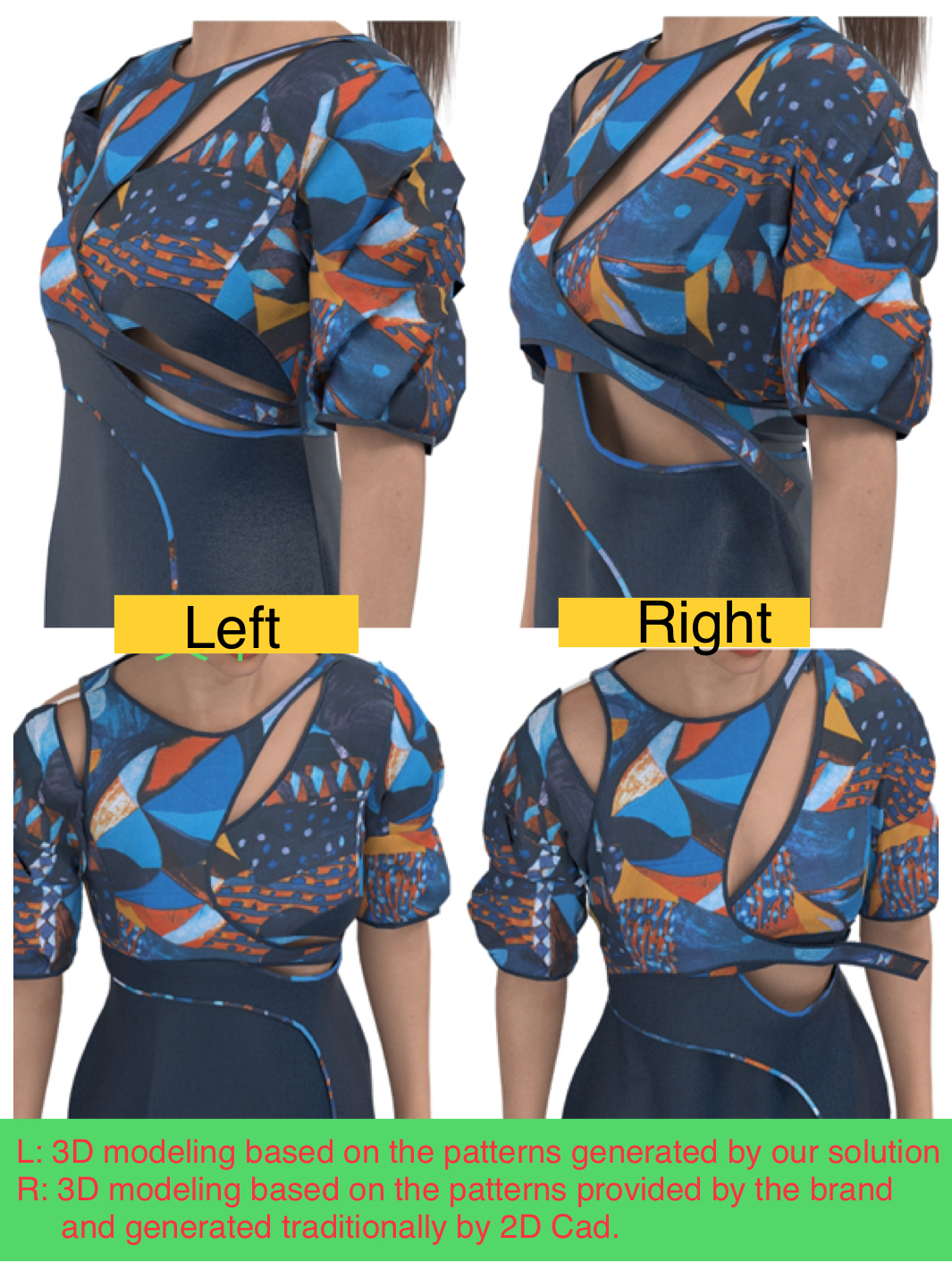
2. Vmodel modeling
The characters’ body shape is also the output of our system processing, not a detached supermodel or anime game style body shape❗
https://lnkd.in/gEaPRjcb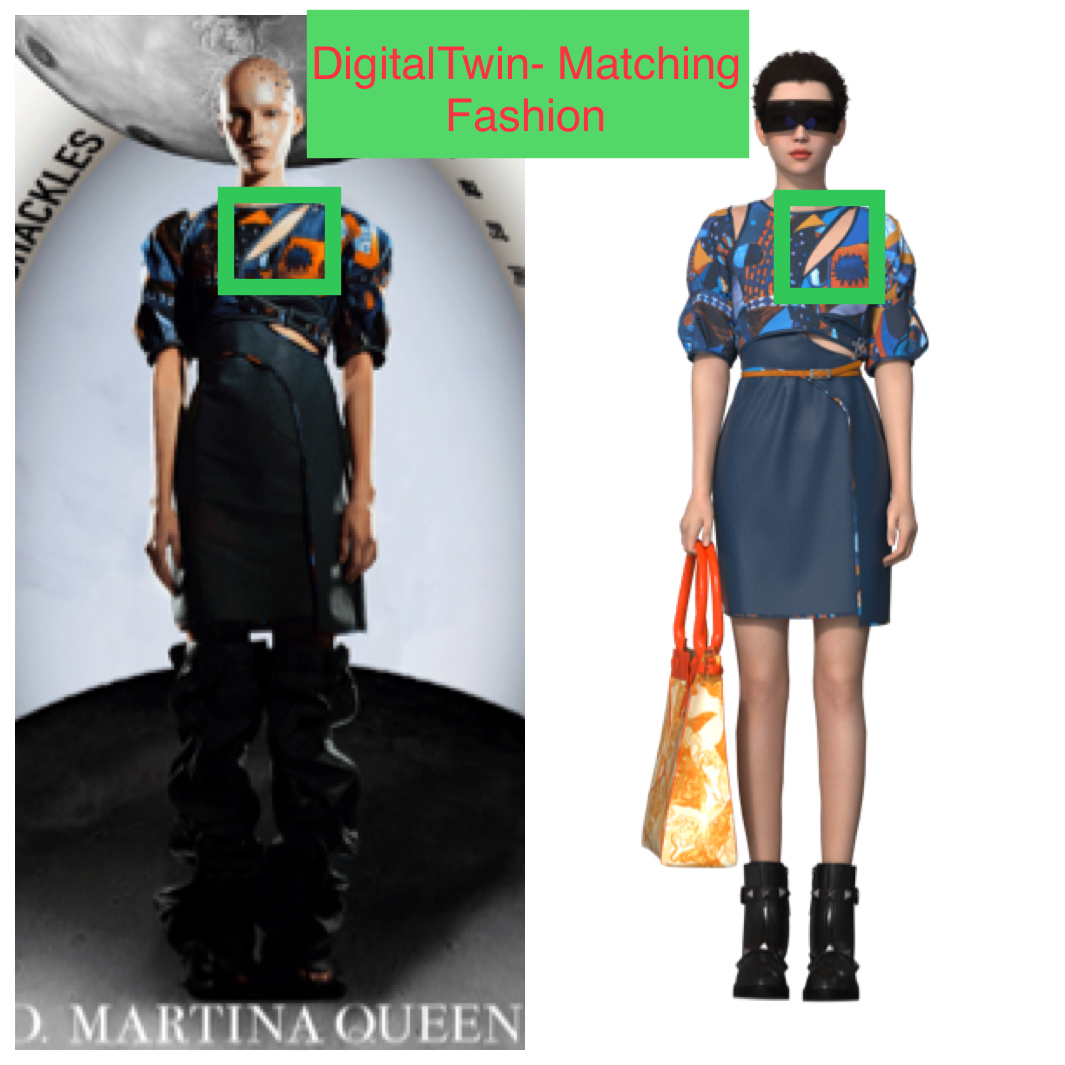
Digital Fashion ❓
Digital-twin Fashion ❓
DigitalTwin-Matching Fashion ❓
Just tell SdibiT your application scenario and purpose, then you will get a one-stop arrangement.
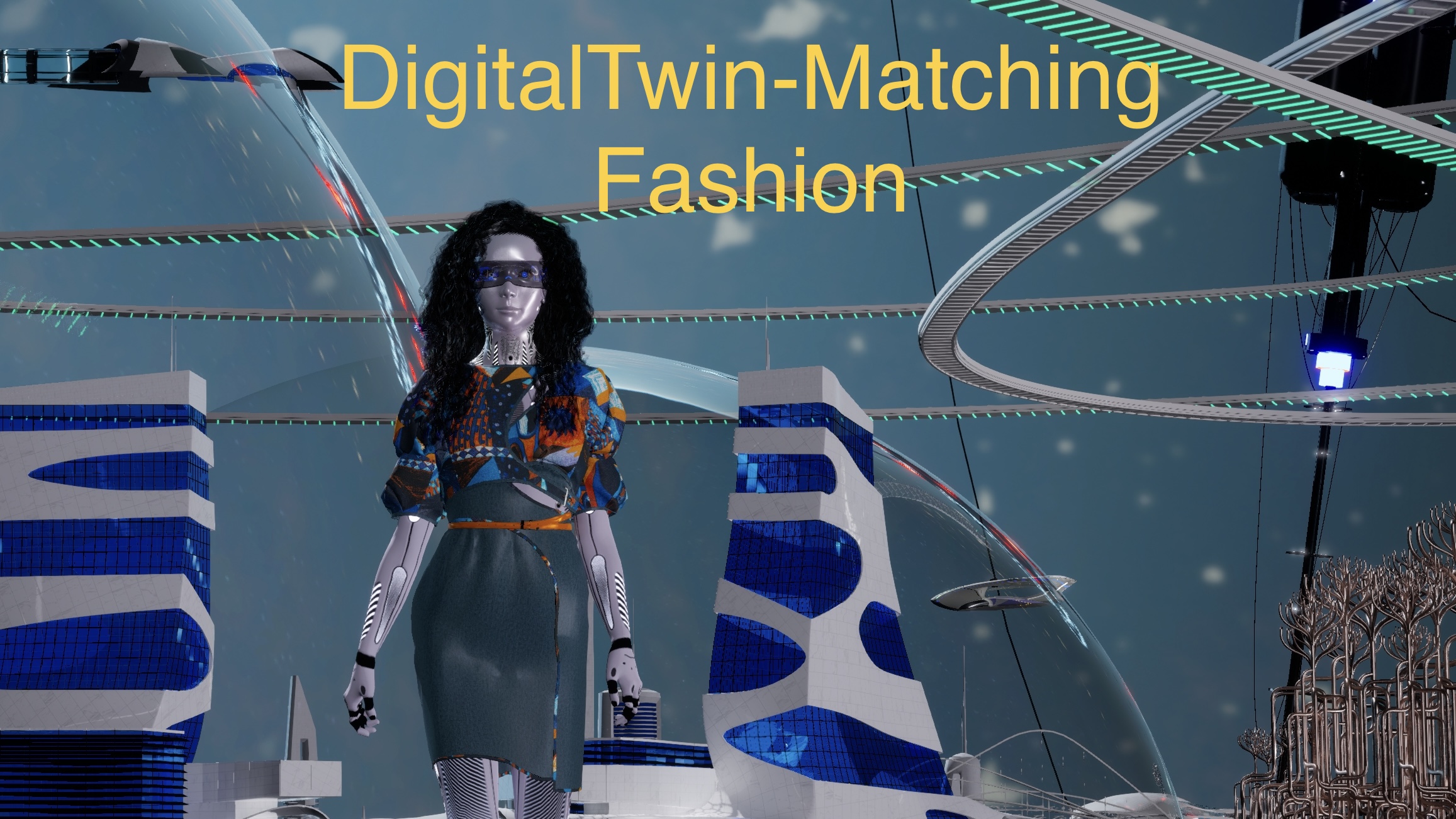
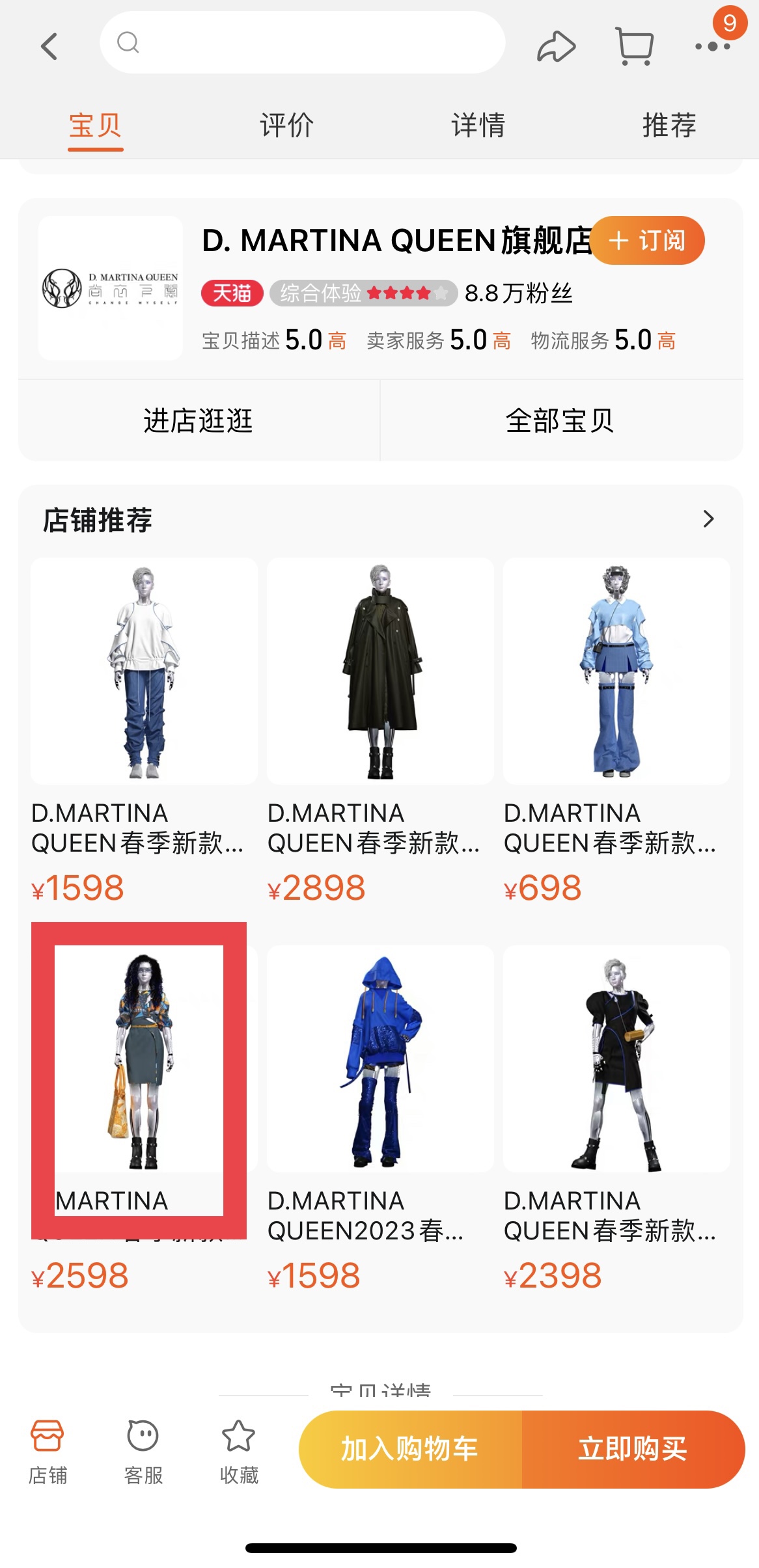
March 29, 2023
【How the ordinary ready-to-wear business balance high level design and pattern making cost with revenue? 】
生地の色柄が毎年違うだけ..と不満を感じたことのある人は是非お読みください
This article is specially for people who are not satisfied with changes limited in fabric colors and patterns.
The way to generate 2D patterns that addresses Fit&Size Issues is very different from the traditional way of making clothes today.
First, create a 3D prototype with a silhouette that ensures comfort.
Second, create 3D Garment Models according to different requirements from customers or different sizes. Then generate 2D patterns.
Using our company’s method, it takes more than 3 times working hour to make 2D patterns corresponding to #DigitalTwinMatching.
That is to say, it is much more difficult to make patterns achieving good Fit&Size.
At the end of last year, we accomplished a job of making garment 2D patterns which realizes DigitalTwin-Matching according to designated design drawings. This is the most difficult job so far and it charges more than $12,000 for 1 Look& 1 Size considering time and labor cost.
Brands that can bear such high pattern making cost are limited in #luxury brands like Louis Vuitton, CHANEL, Valentino, Versace, etc.
Then how the ordinary ready-to-wear business balance such high design and pattern making cost with revenue?
Learn from other manufacturing industries.
1. Maximize the use frequency of universal design:
Reuse 3D designs or 2D patterns that have already been developed, and increase production volume by using a 3D design developed once for multiple items.
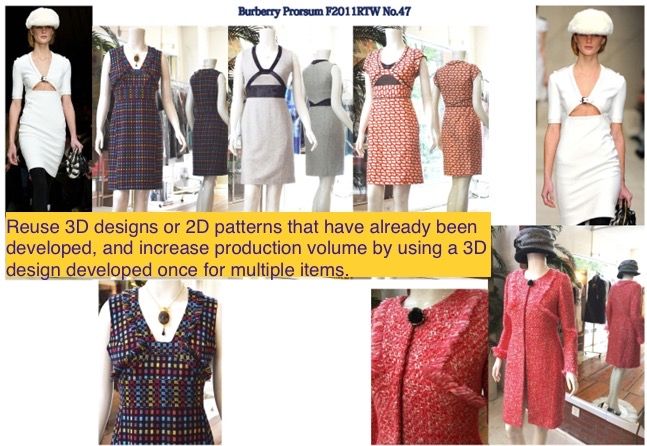
2. Minimize design changes:
Minimize the parts subject to change to reduce additional costs associated with design changes.
In other words, standardize the design.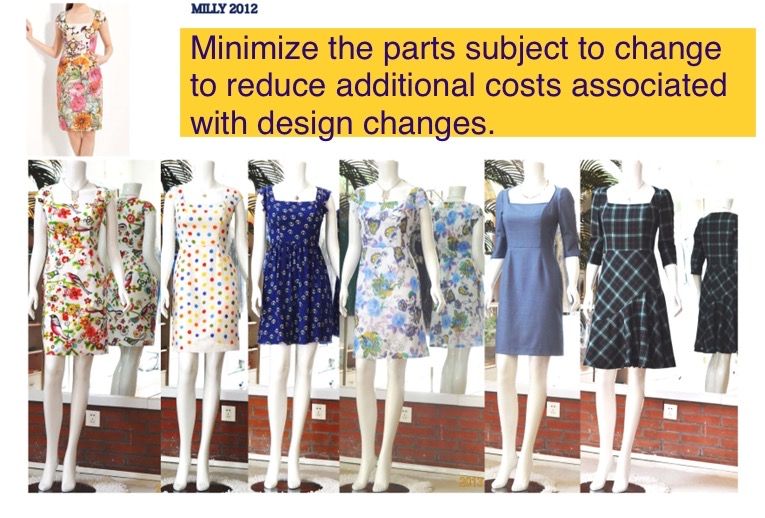
Secondly, in the fashion design section, turn the priority work from making 2D patterns to management of component design list.
At present, the traditional working mode is that the design section starts from scratch to operate according to different specifications every time. Data information is isolated and fragmented, resulting in a great waste of repetitive time and labor.
Working mode of the design section needs to shift from “centered on design /making 2D patterns” to “centered on BOM(Bill of Materials) management “.
It’s not the standardization of work.
It’s about regularizing the design.
Promote modularization while meeting the specific requirements of different customers.
Matching and combining modular design parts is our Mix&Match-Technology solution.
Here is a cost comparison list.
If the current design cost of 1 look is 100.
Adopting our solution, the cost of 1 look would be 300.
But if you reuse the design with modular management for 10 times and make 10% design fine adjustment every time, then the cost would be 300+ 30×10 =600, and 600/11 is less than 60.
Modular design of best-selling products can greatly reduce the cost and help ordinary ready-to-wear brands achieve high design level as top brands.
8th, March
【Some parts of technology logics of AI search tools are similar or even same. Can any giant company plus α to differentiate itself? Starting from AI fashion with us is promising】
After the company OpenAI, funded by Microsoft, released #ChatGPT and combined it to search engine Bing, #Google also announced its plan to integrate Bard, its self-developed AI search tool similar to ChatGPT.
For users, since platform tools have similar functions, will the platform that can provide in-depth services on this basis be more attractive? The demand of fashion design cannot be missed!
AI technologies have applied in fashion industry in many aspects. For example, natural language processing has been used in conversational commerce, computer vision has been used in smart mirrors, and to be noticed, generative model as fashion designers. Google, #Amazon, and the Chinses company #DeepBlue all released their AI fashion design application around the year 2016 and 2017.
However, why these AI fashion design tools did not been put into use widely?
Having a lot of AI generated design pictures in hand but have no efficient way to create pattern data to turn them into actual production is useless!
Most users want to actually wear them, not just enjoy the pictures, don’t you agree?
As mentioned in the previous submissions, the point to notice is that “Generative AI” learns from image data that already exists.
Our company SdibiT has millions of pattern pieces which can be matched and combined into a new style. We call it Mix&Match technology and it is a solution to AI generative fashion.
(https://lnkd.in/gywZcCh8)
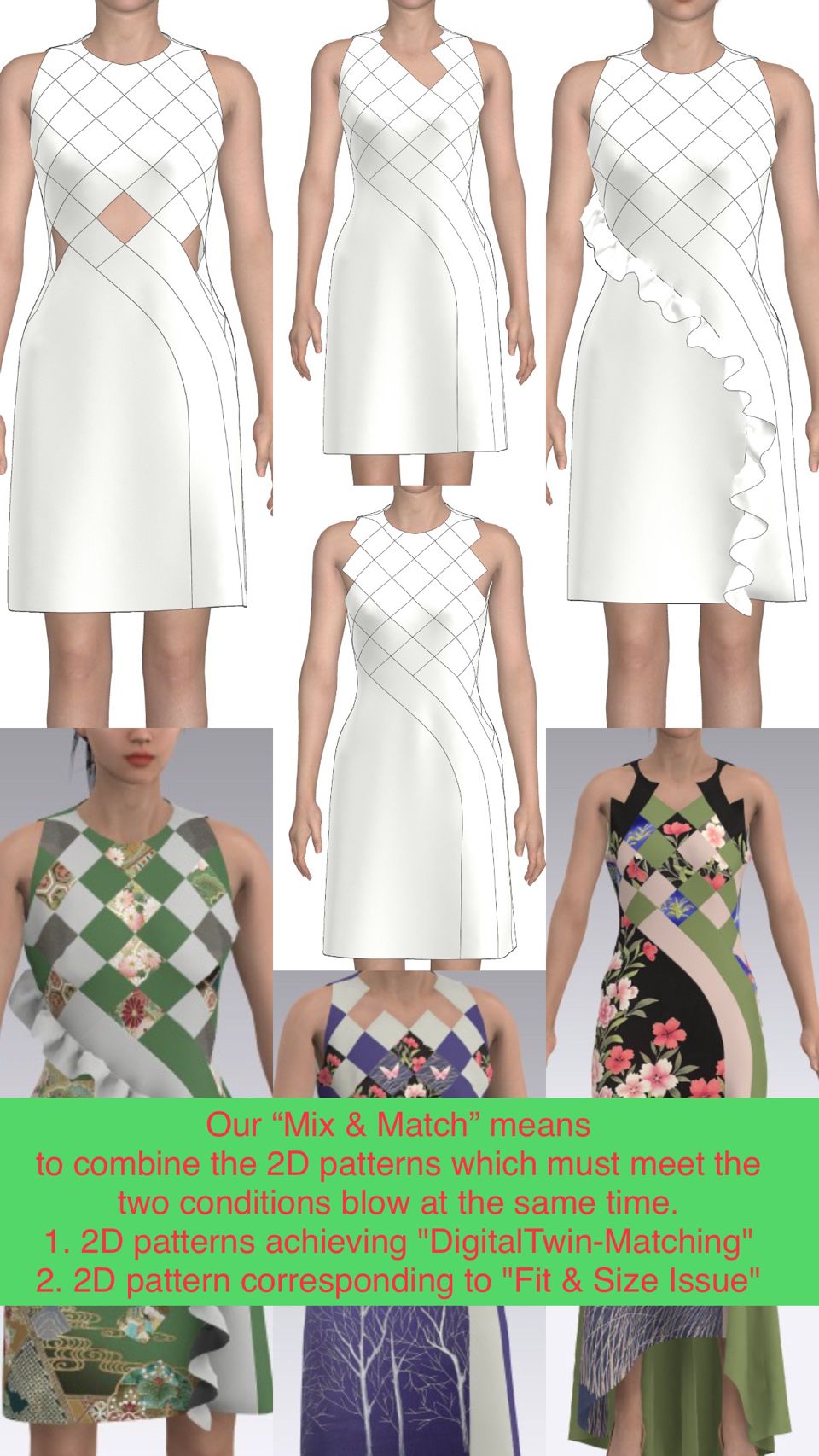
However, to maximize our data and technology application, we’d like to work with a professional AI team. We are going to figure out the algorithm of automated pattern matches together and generate as many styles as possible which all have the adequate data for production.
Is it an exciting work? Any team has the ambition to shake the fashion industry is welcomed to contact us🤝🤝
4th.Mar,2023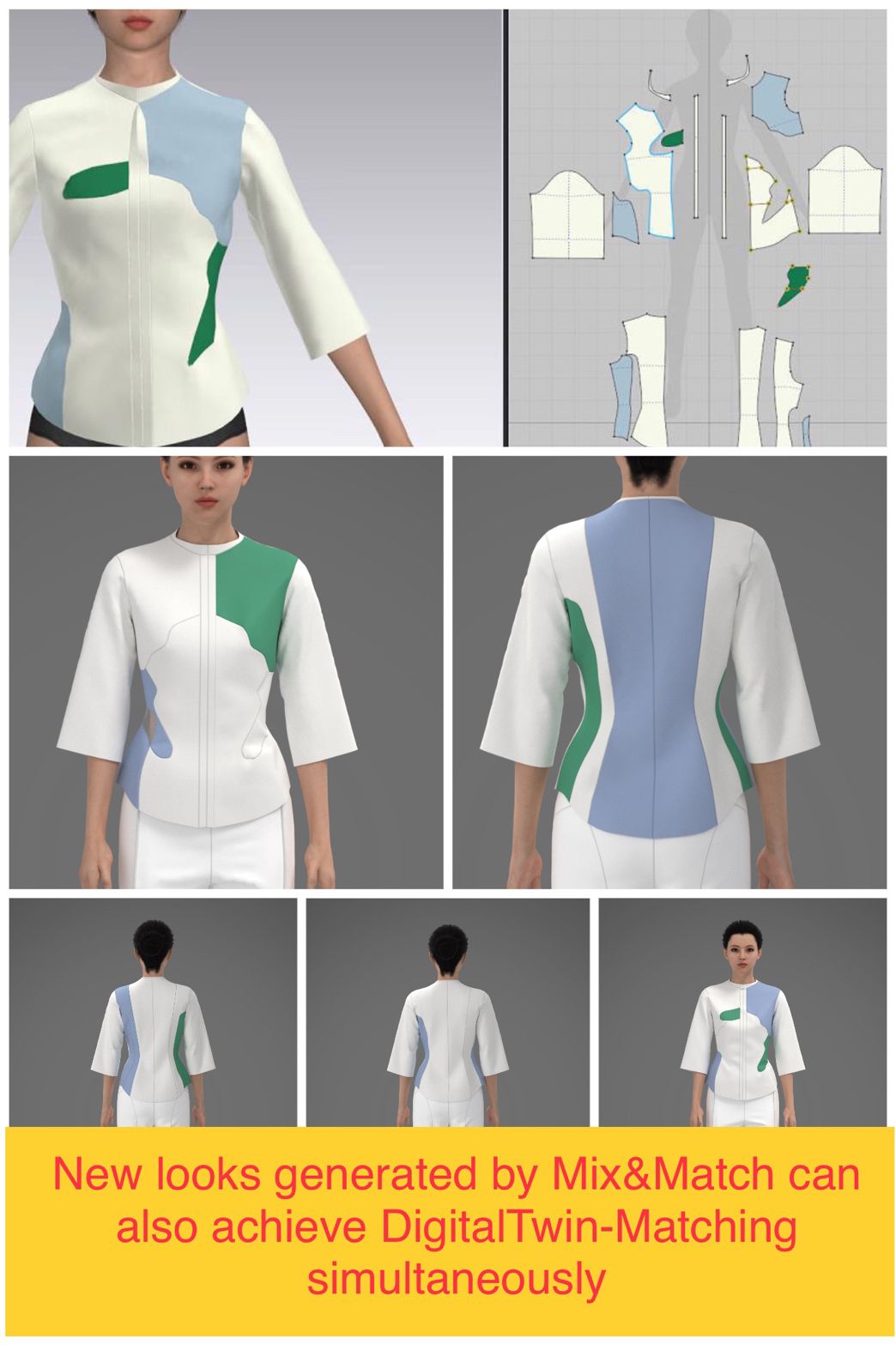
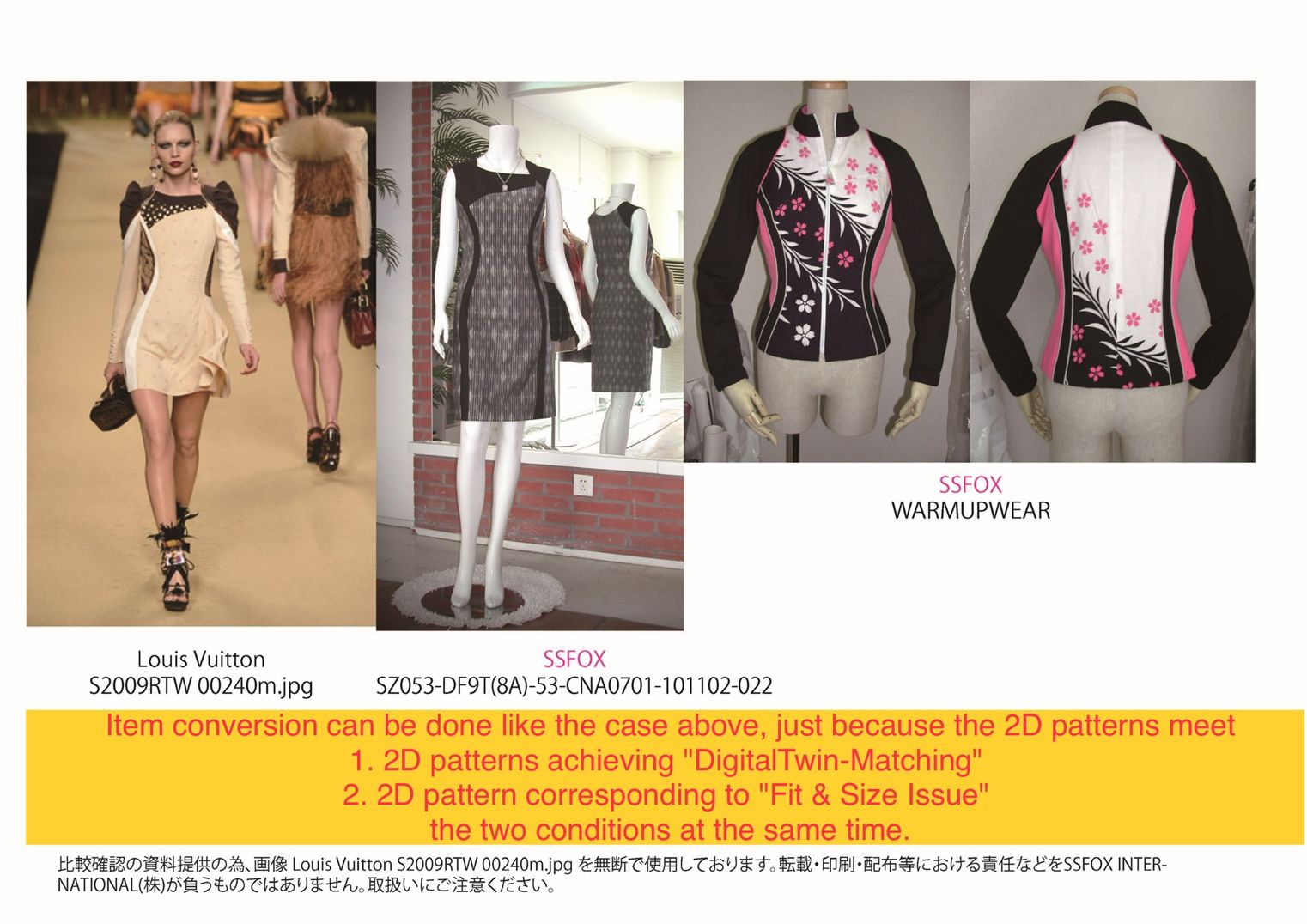
【Our solution is not the competing version of #CLO, #Browzwear, #Optitex, #Style3D…Our relationship is mutual supplement】
As mentioned in the last submission, the consistency of data is fundamental for DX in any industry, and the fashion industry will be no exception❗
Should these enterprises integrate our scheme into the system for comprehensive application❓
Since it will truly innovate and benefit the design department of fashion industry and provide the industry with the true DX process❗
In China, our company is invited by the design school of university in the video below to hold workshops regularly. Let the teachers and students understand the basic digital design thinking method and process of design data processing by creating their own digital garments together.
The purpose of this workshop in the video is to experience the whole DX process. Therefore, left behind our company’s requirement of DigitalTwin-Matching temporarily, teachers and students can first enjoy the creation freely.
Note the first twenty seconds of the video. The method is obviously wrong if considering the actual wearer.
The rigor of phygital demands you not to draw the curve arbitrarily. How to think and deal with it, is the teaching content of our next workshop.
However, the great players of the future have realized the significance of designing directly on the “3D Digital DRAPING” according to their own idea and obtaining digital pattens which can restore the design in real time.
One small step today, one big leap tomorrow. The future is in sight👍
27th.Feb,2023
【3D Digital Garment Model should be the starting point of the design and pattern making process, rather than just the output result of the process】
Clients who get to understand our solution for the first time often have the following response. “Ah, comparing #CLO, #Browzwear, #Optitex, #Style3D, etc, your DX solution is in the reverse order.” And I would say every time that we did not deliberately reverse, our solution just correct the process to the right track❗️
Let’s think about it together. The clothing making process 150 years ago, is just like the modern haute couture customization process. Each piece is made based on the customer’s body and confirm the right fit&size, then the 3D prototype obtained on the real body is converted into drawings of 2D pattern, being sewed finally.
In the era of industrial high-speed mass production, the process gradually deviated from the original route due to time, efficiency and cost, and the most important reason, there was no 3D digital design tools.
Strictly speaking, from the perspective of other industries such as architecture, shipbuilding, etc., #design drawings and 2D processing drawings are different things❗️
2D pattern maker’s job is not creating design drawings but generating CAM data for execution of processing output.
The popularity of 2D pattern making software in the era of mass production is because it enabled efficient management of the CAM data used in production line processing.
With the development of #digital technology, high efficiency, precision and low cost can be achieved simultaneously while the steps are corrected back into the logically right order.
Let’s think further more together. If one customer likes the design draft generated by AI and decides to buy, the seller just need to make the physical clothing faithfully restore the design while ensuring the right fit&size of the customer.
The core advantage of our solution is the ability to quickly convert designs into production pattern and achieving DigitalTwin-Matching at the same time. After this, the job can be done easily. Just sew the specified fabric according to the pattern.
So here comes the problem. At present, the pattern generated by 2Dcad is first used for 3D modeling and then be sent to the customer for confirmation. If we receive modification requirement, we have to get back to 2D pattern to do modifications. Except for some simple basic styles, will this kind of workflow definitely put the 2D pattern makers into hysteria❓
The workload do not decrease but increase because they have to use the modeling and rendering software to make 3D views of patterns they made and send to customers for confirmation repeatedly. What’s more, this kind of display only shows the appearance of the garment, it does not show the Fit&Size state at the same time…
(to be continued…)
27th.Feb,2023
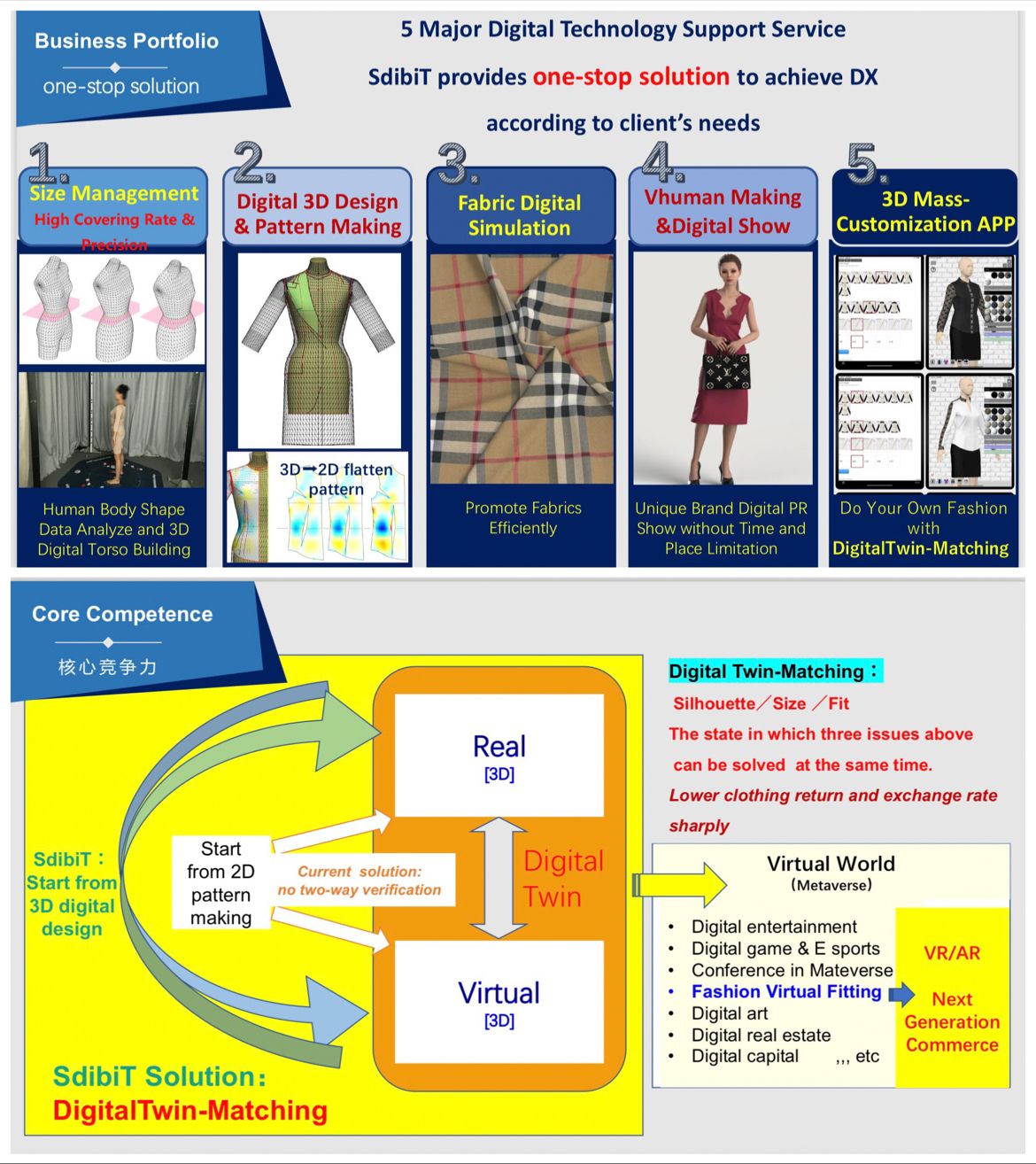
【In the next 3~5 years, the value of the production pattern or nested grading pattern which started from 2DCAD will decline rapidly.】
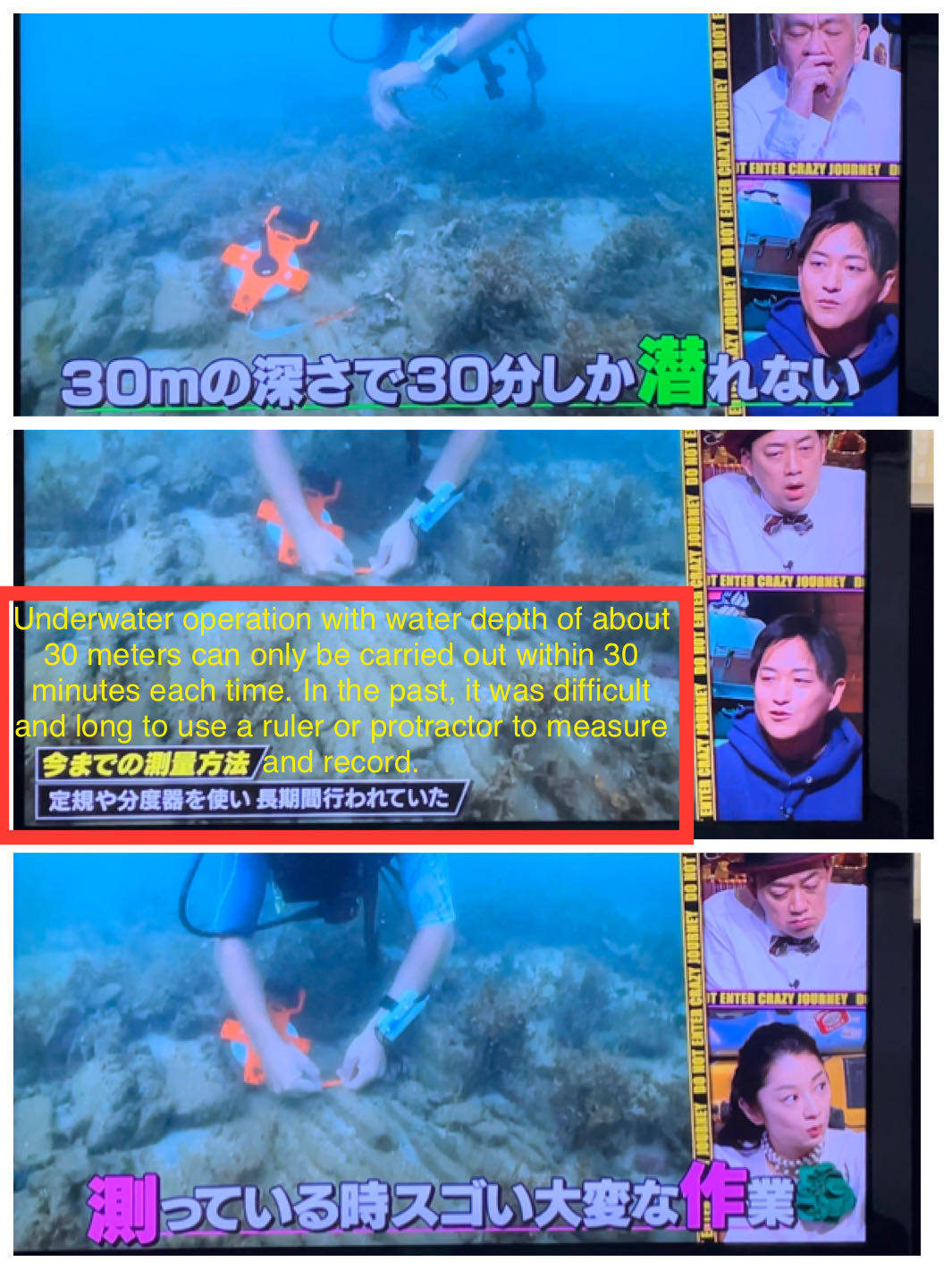
The special TV series about underwater archaeology broadcasted yesterday is very interesting. By introducing the latest 3D simulation and modeling tools, archaeologists can make the most effective excavation plan and make records with millimetre accuracy while easing their physical workload. In this way, they preserve human historical heritage.
One doctor of the archaeologists emphasizes, the excavation work is also a kind of destructive activity in a sense. The original feature of the heritage maintained during the long period of more than 2000 years must be accurately and faithfully recorded in the state of 3D models. The heritage of mankind should also be in form of digital asset that can be faithfully CG-restored and handed over to descendant.
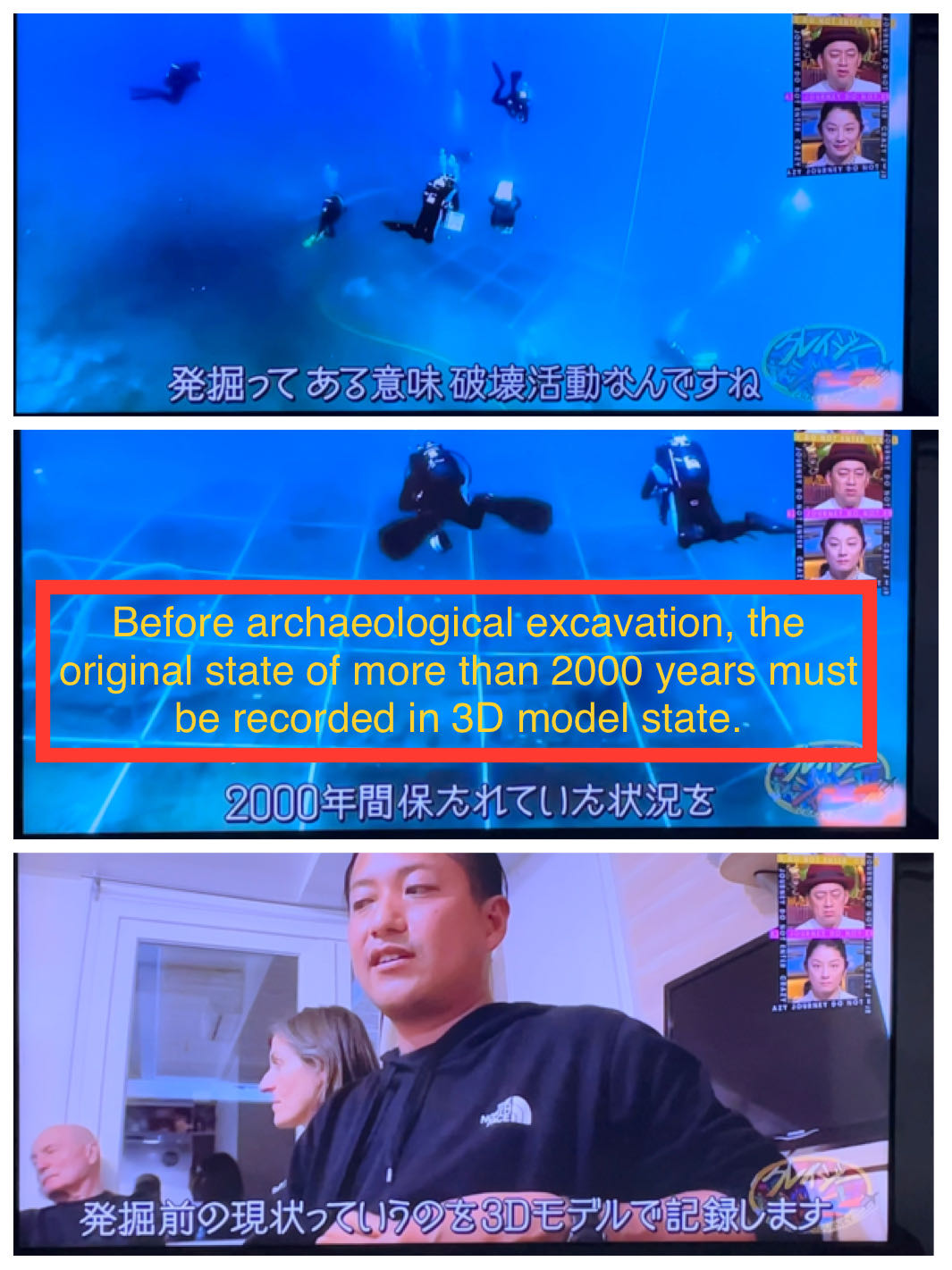
The stones of those hills may be used to polish gems.
If there is no millimeter-accurate 3D model to record the data in advance, how can we accurately restore the original spatial position, angle and distance of the archaeological site by memory and feeling once it has been touched?
In the same way, if the editing and modification of clothing pattern has no identification of the design position and shape in 3D state in advance, and no corresponding operation, how can we achieve the faithful 3D restoration effect by directly making the pattern in 2DCad software by virtue of memory and feeling?
While it has become common sense for other industries to use 3D models as the starting point for process, the fashion industry must keep up with the times.
The change of concept is the first priority!
The benchmark for the value evaluation of pattern data assets in the future will become whether they come from digital 3D garment models instead of 2D CAD software.
24th Feb,2023
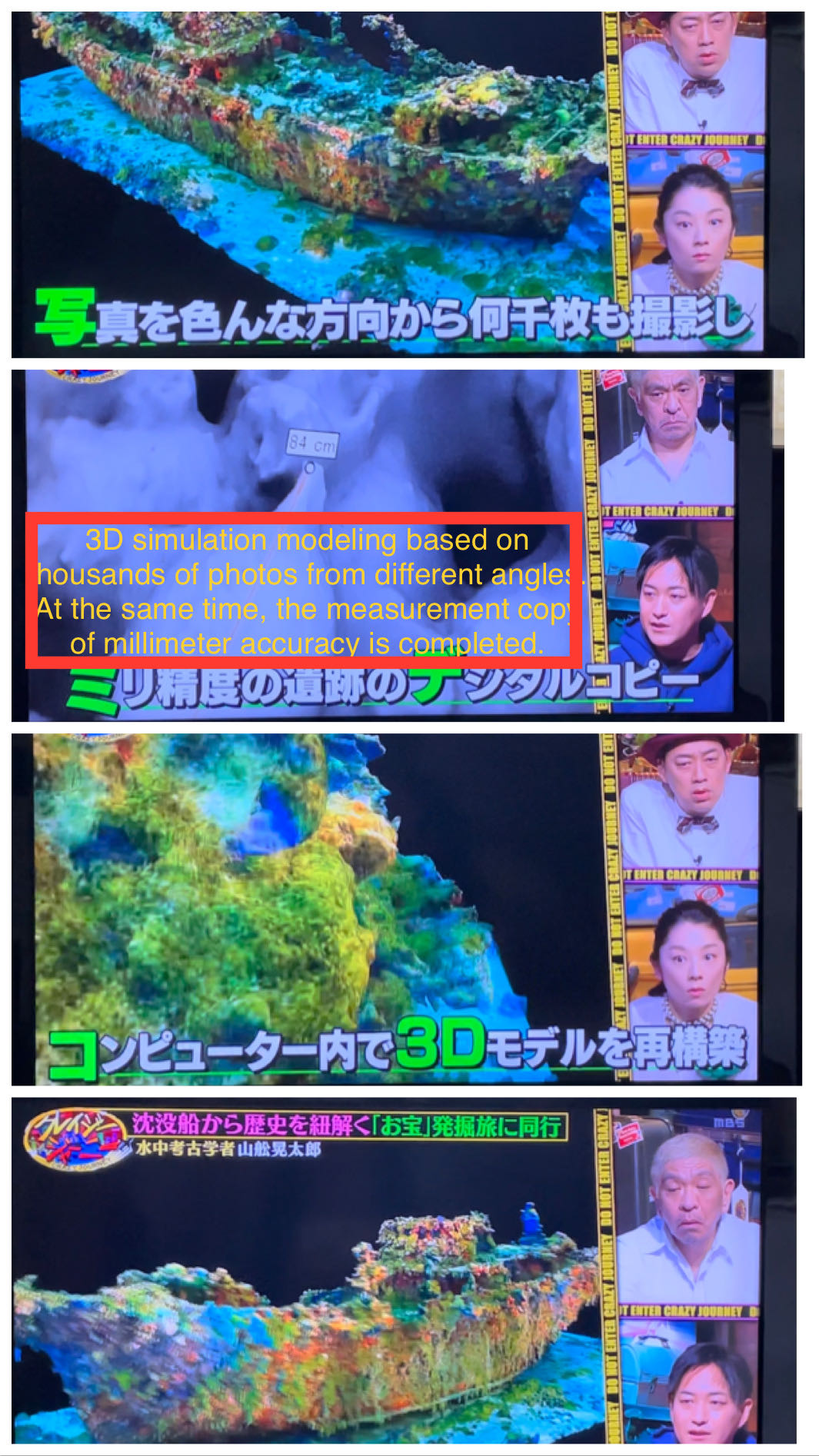
【Fashion designers who only know how to draw a graphic design will no longer be needed】
“If AI generates a large number of fashion design drawings just like the hot topic chatGPT does, what will SdibiT, ltd do to use these drawings?” A customer who visited us today asked a question.
This question reminds me of what Michio Tomii, CTO of our company, has been saying for nearly ten years, “In the fashion industry, designers who only know how to draw a graphic design will no longer be needed.”
However, his inference ten years ago cannot be proved obviously and get understanding and recognition of people in the industry because the tool which can turn the intangible data into tangible and visual information has not emerged.
Since last year, tools like “AI Art Generator” (txt to Image: DALL-E, Midjourney, Stable Diffusion… etc.) are starting to emerge, making it easy for anyone to generate stylish design images. And this kind of technology will evolve in the future.
Currently, AI can generate Virtual Show-On, but cannot output 2D patterns that can be reconstructed to the 3D-image.
To achieve DigitalTwin-Matching, highly accurate pattern data in accordance with Fit&Size is necessary.
There is no denying that AI generates design&pattern at the same time may be possible in the near future.
The point to notice is that “Generative AI” learns from image data that already exists.
Our company SdibiT’s approach is illustrated as the chart.
Starting from module design, we call this Mix&Match→Combination→Compilation.
By editing small pieces of patterns generated by multiple designs as parts, large amounts of pattern data can be generated.
In fact, as a complete form Phygital after integration, only a very small number of it is made public, most of it is kept internally.
That is to say, we have a considerable amount of data assets in our company, which are raw data that cannot be utilized by other companies through Generative AI.
Among the massive design images generated by AI, there may be actual clothing that is not acceptable to consumers or the actual situation cannot be completed exactly the same as the picture, the next candidate design will be generated by the “average consumer”. Based on this, multiple different candidate looks are generated while creating a design data that achieves DigitalTwin-Matching.
The “average consumer” can choose among these candidates.
This process leads to true humanity and individualization.
“In the near future, everyone will not only become a fashion designer, but also be able to confirm the effect in 3D. Fashion designers who only know how to do 2D painting will almost disappear sooner or later.” Mr. Tomii always said.
21st Feb,2023
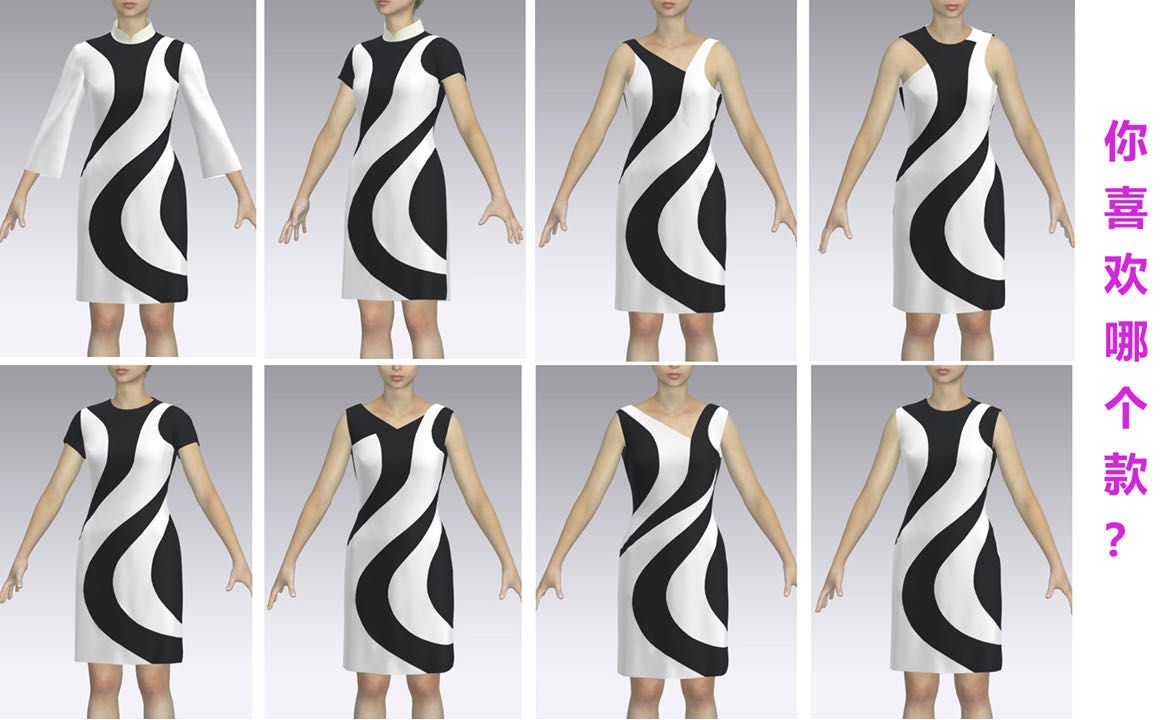
【SdibiT’s Thought of Education on Digital Transformation of Apparel Industry】
Breakthrough、Innovation or subversion means not using the usual methods nor stick to the routines.
To break away from the routine, we need to think in a new way and update our knowledge.
The new challenge is same to everyone. So there is no ability gap between students and teachers. Everyone needs to learn new theory, principles and practice a lot. Whoever is ahead or better in the new competition will be the teacher.
When there is breakthrough in one industry, the past experience does not necessarily mean advantage. In the following cases, previous experience may even become a hindrance:
1. The common sense of “impossible things” judged by experience when facing bottlenecks needs to be broken. Such “impossible things” can be done at least in part or completely under specific conditions now.
2. When all practitioners are required to renew their thinking and judge by themselves “what can be done now”, only those who have passed the thought transformation can get “new common sense”.
In other words, only after the system update of the technical logic working mode, can we determine whether the past experience has the value of supporting the new mode.
Therefore, education is crucial in the process of digital transformation in all industries. Staff certainly need to be re-educated. It is more important to give new systematic guidance to students.
In previous articles we have stated that no matter the future clothing display orientation is AR、VR、MR…if adopting SdibiT’s solution, the basic data input to the display end is the same. And SdibiT can provide such data for customers to use according to their own optional display method.
That is to say, no matter which direction the industry will go in the future, we have made basic preparation to provide corresponding data.
In technology competition, time is the most expensive cost. Anyone who is willing to adopt our solution can make up the shortage and be prepared to participate in any business model together within the shortest time.
We have carried out joint education courses in the top three design colleges in China, such as Jiangnan University and Sichuan Fine Arts Institute.
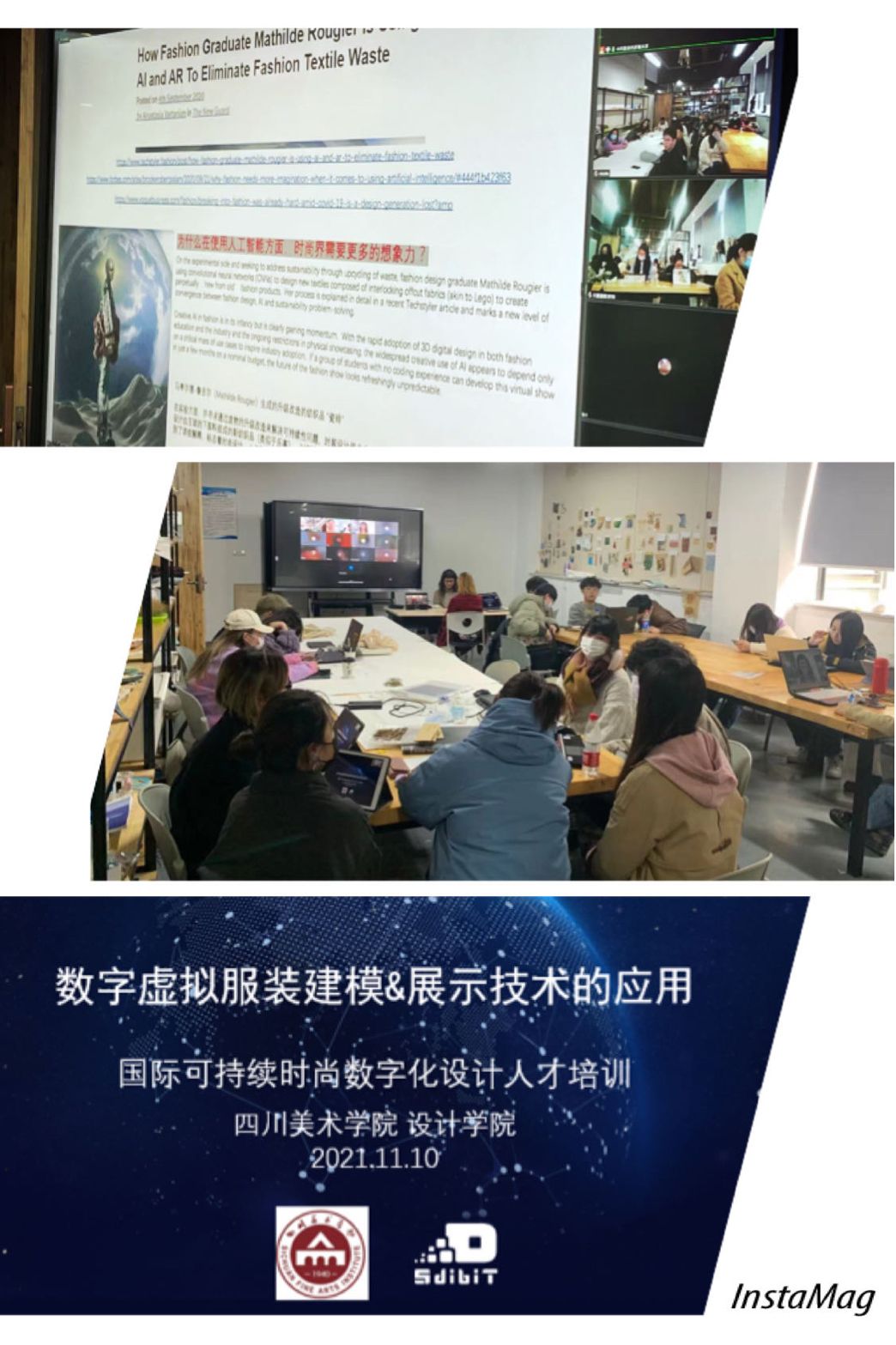
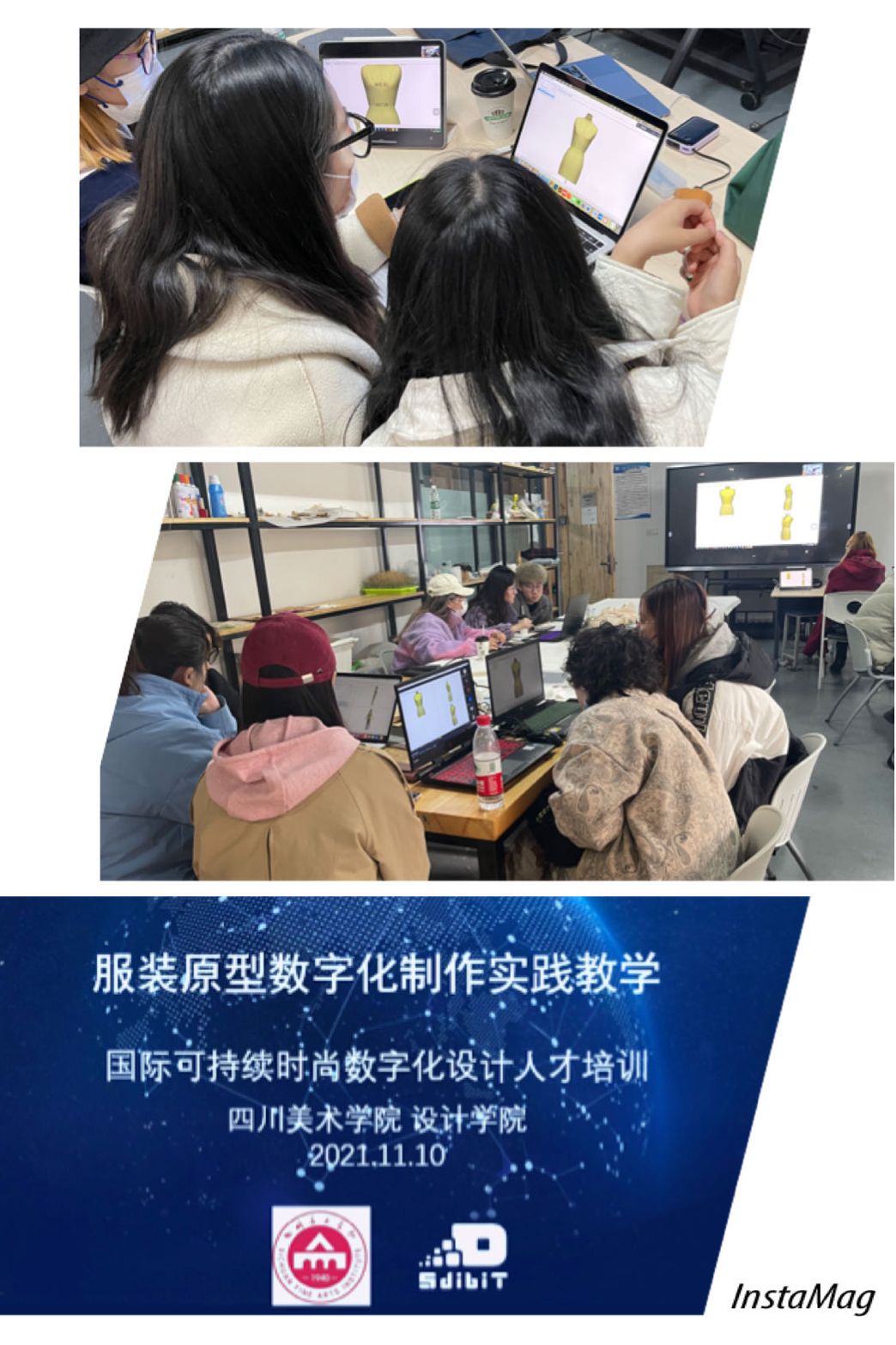
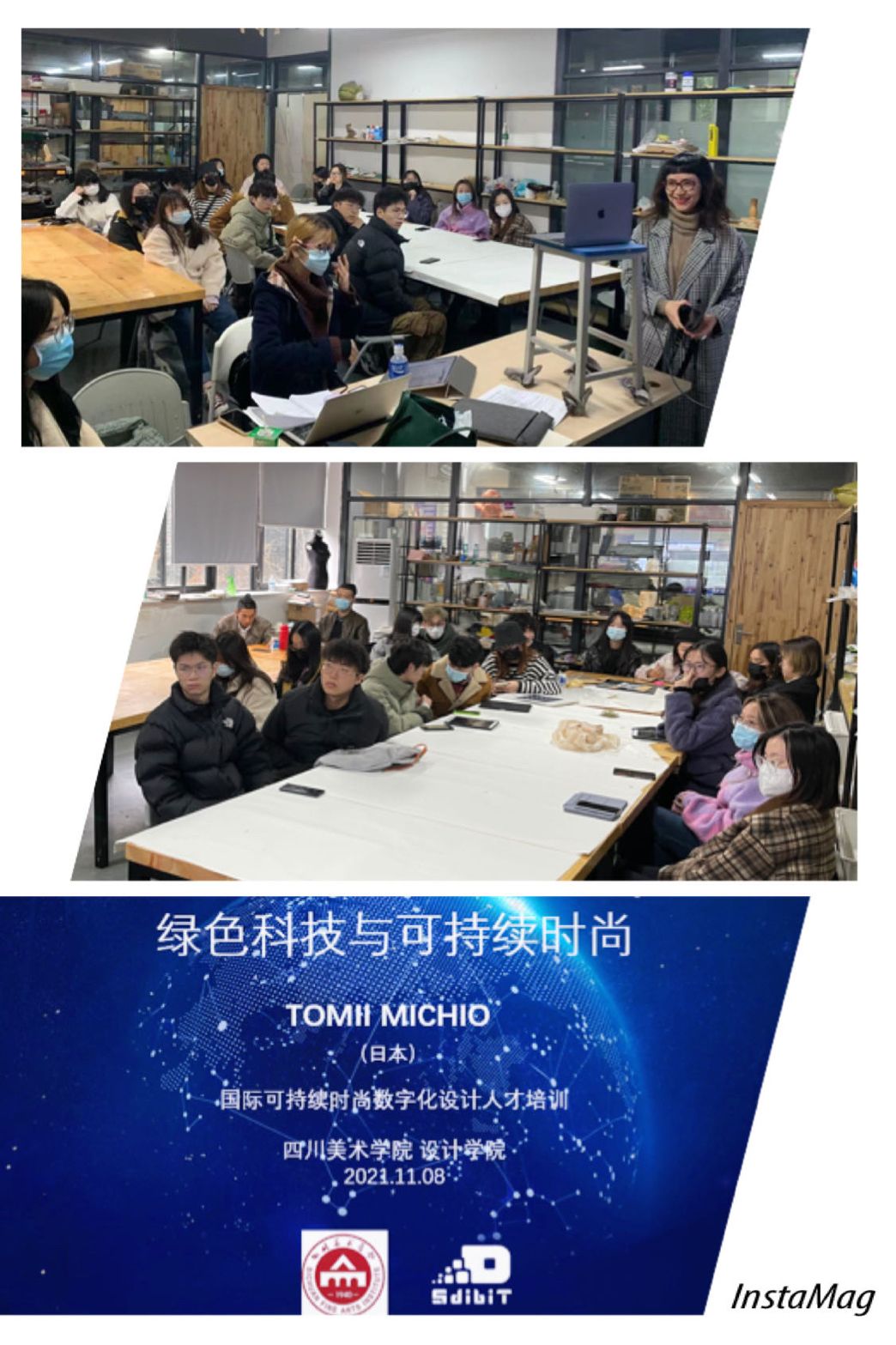
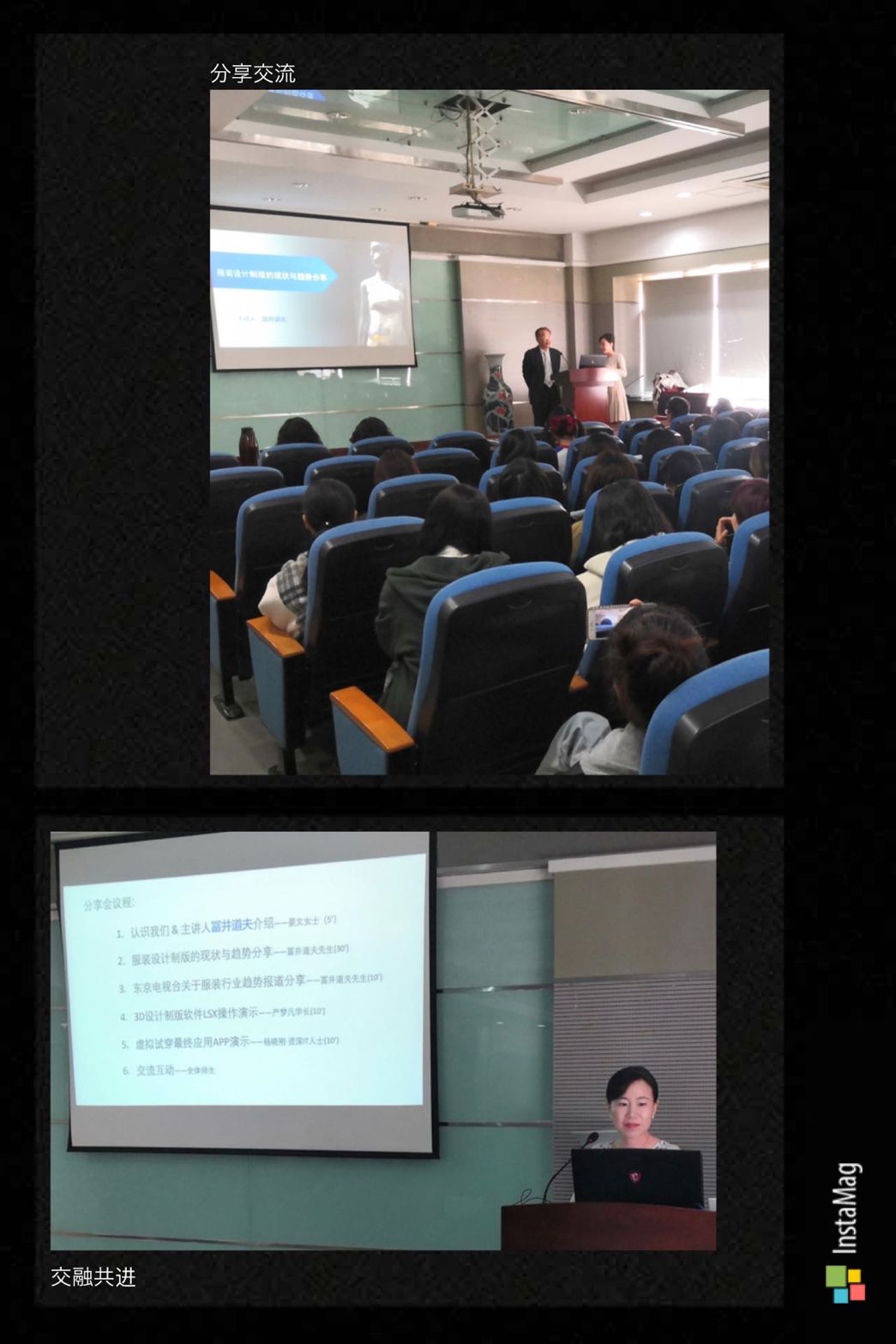
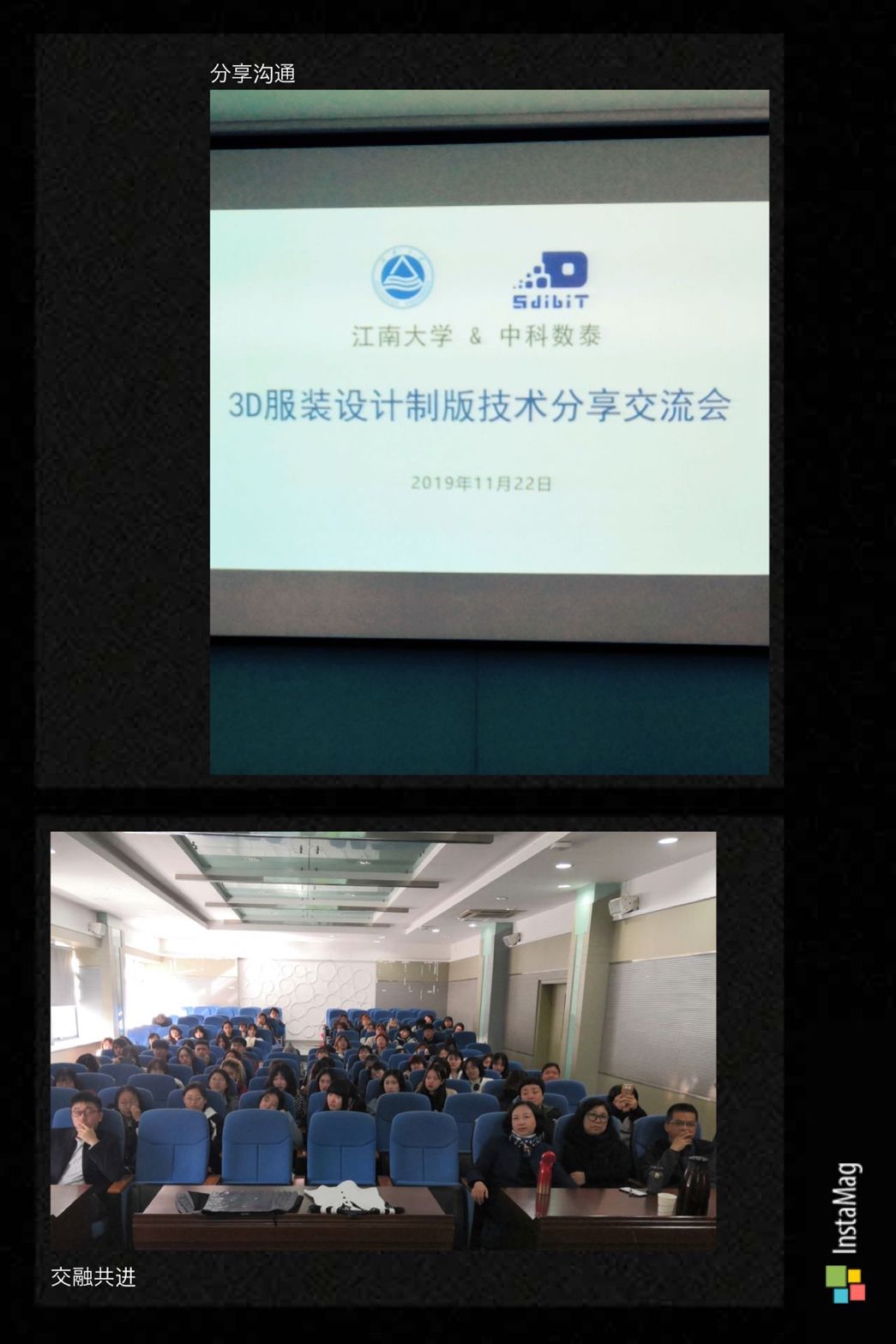
SdibiT holds the willing to cooperate with fashion professional education institutions in more countries and facilitate the truly sustainable development of apparel industry worldwide.
30th Oct,2022
#digitalfashion #digitaltwin #fashiondesign #fashioneducation #artschool
【SdibiT’s Thought of Partnerships and Competitors】
We have explained in the chapter of the sustainable fashion business model in #Metaverse about 4 conditions that the output data must meet to realize the true virtual and reality interaction business mode of apparel industry.
1. Suitable methods of Vhuman and 3D Digital Torso establishment
2. 3D digital garment model establishment based on above 1, and output of the 2D production pattern converted from setting cutting lines on the 3D digital garment model
3. Interchangeable application based on modular design and repurposed design management
4. Integration of digital fabric and 3D-design
Although the software tools involved in the above four conditions have various problems, SdibiT can make the output data meet the above 4 conditions as this is proved by more than 10 years’ practice and technical logic.
This means that no matter the future clothing display orientation is AR、VR、MR…if adopting SdibiT’s solution, the basic data input to the display end is the same. And SdibiT can provide such data for customers to use according to their own optional display method.
That is to say, no matter which direction the industry will go in the future, we have made basic preparation to provide corresponding data.
Here we compare the competition of the apparel industry, which is about to soar, to a new event of the Olympics. The event participant must meet 4 conditions. In each single item competition, SdibiT may not be the top one, but SdibiT is the only one who meet all 4 conditions currently, so we will always be the champion of this new event until there is another contestant who meets all 4 conditions too.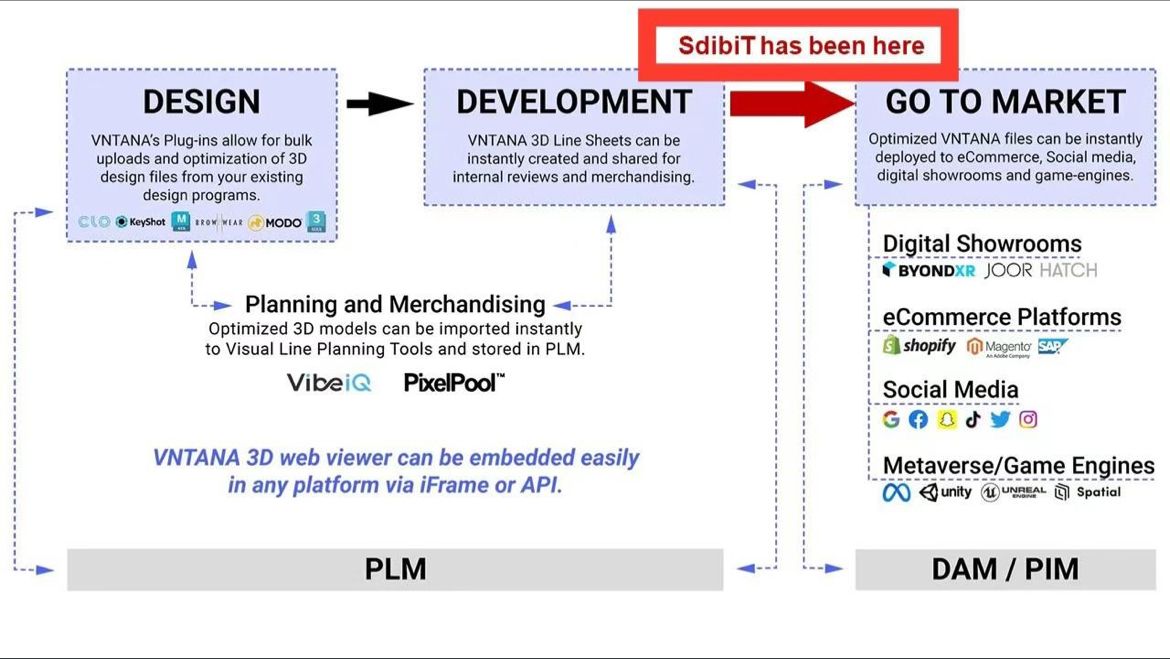
SdibiT holds the willing to facilitate the truly sustainable development of apparel industry worldwide and be a respected environment friendly enterprise. Therefore, we’d like to align with others to participate in the team competition. In technology competition, time is the most expensive cost. Any part who is willing to adopt our solution can make up the shortage and be prepared to participate in the event together within the shortest time, jointly carry forward this event worldwide.
Two days ago, a friend introduced me to a young investor from China who was listed as one of the 2018 Forbes U30 Excellent Investors. He mainly invested in China’s semiconductor projects. Although he is not familiar about fashion industry, he raised doubts about us with his rich investment experience. He took examples of #Anta, #Alibaba’s rhino platform, etc.
These giant enterprises have thousands of stores online and offline and accept numerous customers every day. Their daily customer number can be ten years’ accumulation of some foreign brands.
And scanning technology is quite common now. Besides human body scanner, sellers can also use iPhone to scan customers to get their 3D avatar.
So it is easy to get enough human body big data.
In terms of the scan and modeling quality, there are technologies using to build cars, vessels and even smart cities, so the data and modeling quality can be ensured.
From the point of Vhuman and #Fit&Size alone, how can only small enterprises like SdibiT has the data that meet the necessary requirements for fashion virtual and reality interaction?
The giant enterprises have money, talents and customer data. Why do they not do it? Maybe they think it cannot bring expected benefits or they are already doing pretty well, such investment is needless.
I keep the words that the technology department of #Alibaba’s rhino platform had contacted us. Their obstacle is not #digital flexible production, but still is the digitization of design and pattern making.
As far as I know, to serve one brand, at least 2.8 pattern makers should be deployed. If 1000 brands on the platform require the same service, does Alibaba need to gather half of China’s pattern makers to work in the building?
Thanks to his frankness. The conversation makes me realize that the digital technology and knowhow involved in the process of fashion design and pattern making are not easier than shipbuilding, car building or modeling in smart cities.
Because the 3D virtual modeling of any other industry only needs to capture and simulate the physical object. No extra process is needed after virtual modeling.
For apparel digital design and pattern making, digital modeling of real human body is just the first step.
It is impossible to draw garment cutting lines directly on roughness 3D digital avatar.
It needs secondary processing with sense of aesthetics and proportion optimization to become a 3D Digital Torso, at least.
And then, we can start to draw #design cutting lines directly on 3D digital garment model created from the 3D Digital Torso.

The traditional apparel industry, through digital transformation, will be reborn into a very young and dynamic technology intensive industry.
Being belittled as a sunset industry is just because the short-sighted sunset thinking and the sunset apparel enterprises like boiled frogs in warm water are ubiquitous in reality.
Here, I’d like to pay a tribute to all the fashion digitization pioneers!
16th Oct, 2022


